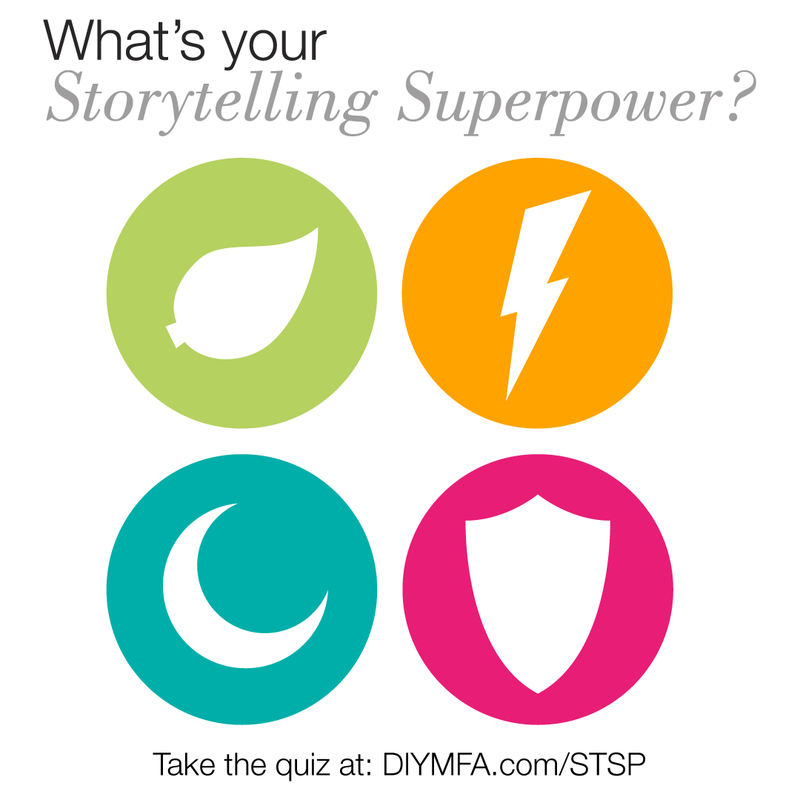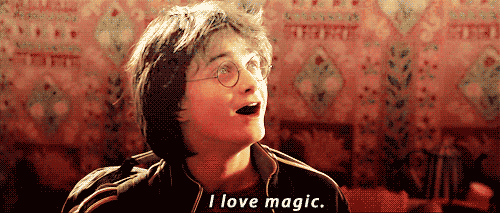
 If there’s one thing I learned from Harry Potter and the Goblet of Fire, it’s that when you’re up against tough odds, it only makes sense to play to your strengths.
If there’s one thing I learned from Harry Potter and the Goblet of Fire, it’s that when you’re up against tough odds, it only makes sense to play to your strengths.
To be sure, having a crack team to support you makes a huge difference. But there’s only so much Ron and Hermione can do for you. At some point you have face the dragon. And when you do, you’ll be totally on your own. The only way you’ll be able to defend yourself is if you know your strengths.
Discover your writing strengths
Knowing what kind of stories you are drawn to can help you figure out which projects to focus on. There’s nothing worse than spending hours banging your head against the wall over a project that you’re not equipped to handle. Sometimes you can gain valuable experience from working on things that you’re not good at. That’s how we grow and gain new skills. But there’s absolutely nothing wrong with playing to your strengths, with knowing what you’re good at and doing that thing.
Not to mention, unless you’re a complete masochist, nobody enjoys forcing themselves to do something they’re not good at. The good news is, at least with writing, you don’t have to! You can figure out what you’re good at and focus on those kind of projects and your readers will love you for it! Why? Because you’ll get better and better at telling those kinds of stories… and the enjoyment you take from creating projects that resonate with you on that kind of level will shine through in your writing.
Why your storytelling super power matters
Me? I’m an underdog. Well, I like underdog stories. My favorite movies are Field of Dreams and Empire Records, both stories with characters trying to overcome tough odds and beat the establishment. (“Damn the man! Save the Empire!” Am I right?) And my current WIP will end up reflecting that. Full disclosure, though, it doesn’t right now! I had been trying to write a Survivor story (think Castaway or The Fault in Our Stars). But after taking the quiz and taking stock of where I was at in my manuscript, I realized my main character was telling me she was an underdog and that she wanted a few changes made to her story to reflect that.
The result: Now my story has a clearer direction! You don’t always have to throw out what you’ve been working on when you realize it should be something else. Sometimes, a few tweaks or the introduction of a new antagonistic force will make all the difference. For me, the key was to NOT give the main character everything she wanted right away, and to raise the stakes so that she has to choose between what she wants and who she loves.
What’s your storytelling superpower?
Wondering what your storytelling strengths might be? Gabriela of DIY MFA and I developed this awesome quiz to help you figure out which stories interest you. I recommend you give it a try! Click here, answer 7 simple questions, and find out what your strengths are.
Once you’ve taken the quiz, hop back over here and let me know what your superpower is! And then dig in and figure out what that means for your writing! Just knowing what your strengths are won’t make your stories stronger. What strategy do you have to play to those strengths?









